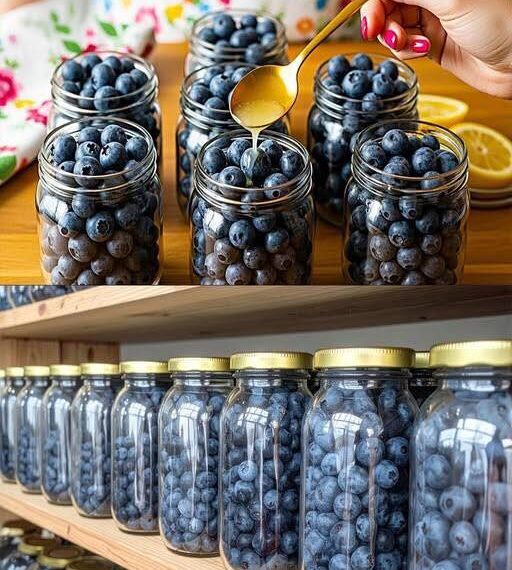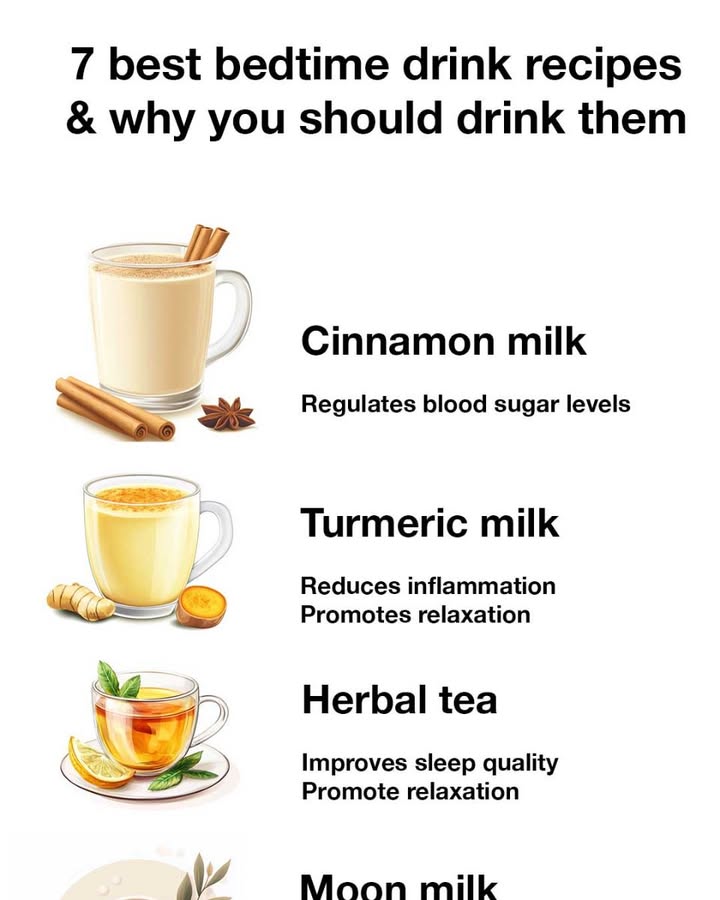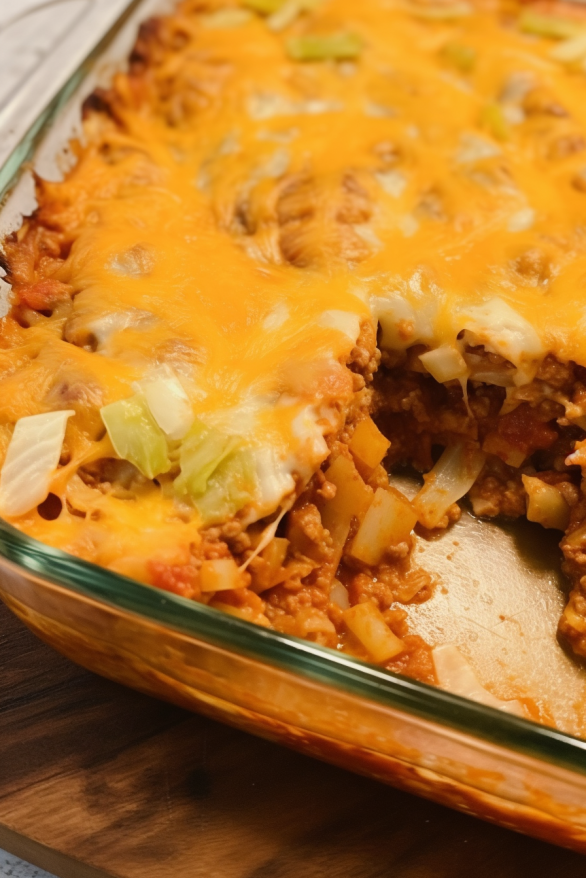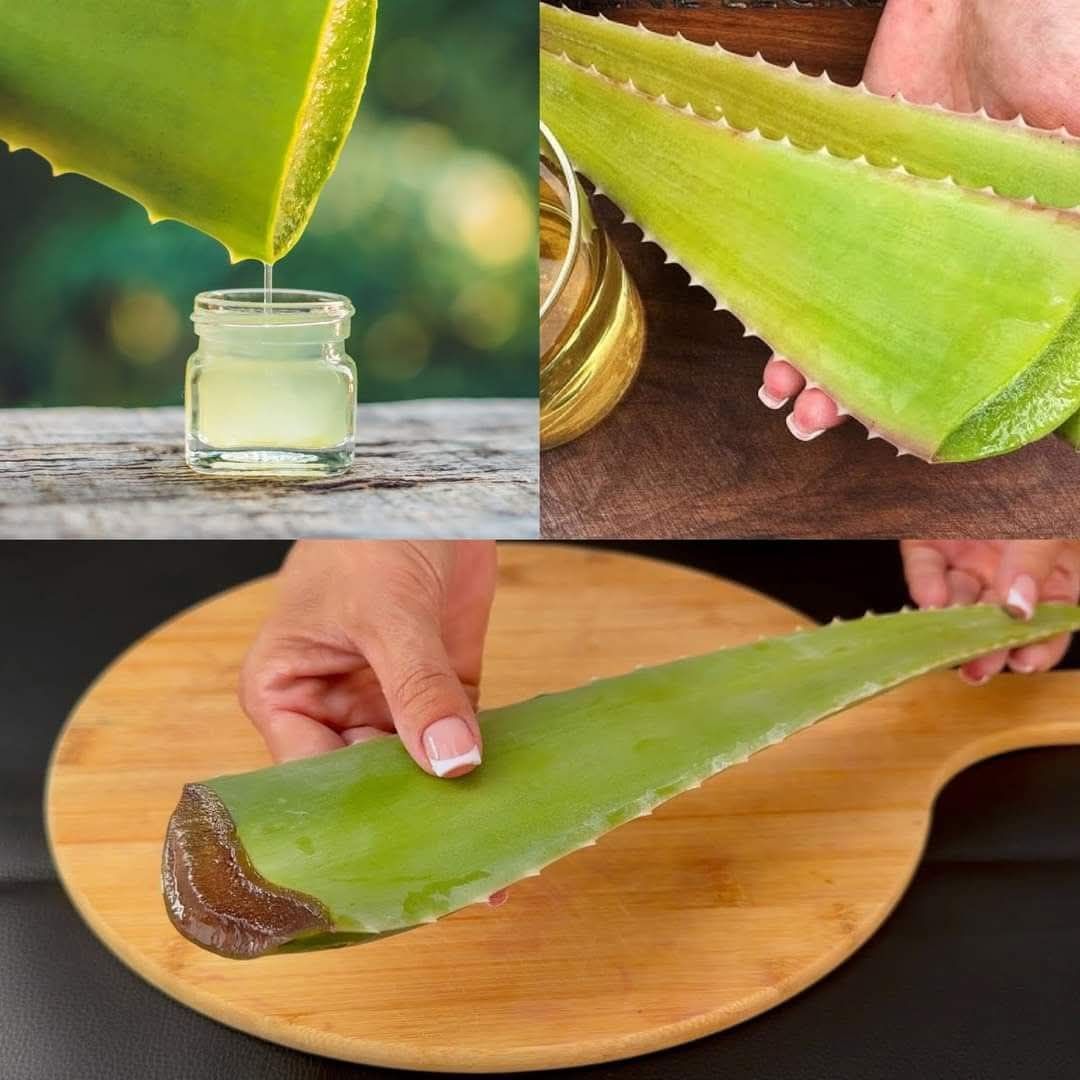Add 1 tablespoon of lemon juice per 750 ml jar.
If using smaller jars (like 250 ml), reduce proportionally to about 1 teaspoon per jar.
This acidity ensures safe preservation and subtly enhances flavor.
Step 5: Add Filtered Water
Pour clean, filtered water into the jar until the berries are fully submerged. Leave 1 cm of headspace at the top to allow for heat expansion during the pasteurization process.
Step 6: Wipe the Rims & Seal
Use a clean, damp cloth to wipe the rims of the jars. Any residue or juice on the rim could prevent sealing.
Place the new lids on and screw on the bands until fingertip tight—not too loose, but not overly tight either.
Step 7: Pasteurize in a Water Bath
- Fill a deep pot with enough water to completely cover the jars by at least 1–2 inches.
- Place a rack or towel at the bottom of the pot to prevent the jars from directly touching the heat source.
- Bring the water to a gentle boil.
- Carefully lower the jars into the pot using tongs or a jar lifter.
- Boil for 15–20 minutes for 750 ml jars (adjust time for altitude if necessary).
After the time is up, turn off the heat and let the jars sit for 5 minutes in the hot water.
Step 8: Cool & Store
- Remove jars carefully and place them on a clean towel.
- Let them cool undisturbed for 12–24 hours.
- Check the lids. If they don’t pop when pressed, they’re sealed.
- Label the jars with the date and store them in a cool, dark place like a pantry or cupboard.
Properly sealed jars can last up to 6–12 months.
Bonus Tips: Making the Most of Your Preserved Blueberries
- Once opened, keep jars refrigerated and consume within 5–7 days.
- Use them in yogurt, oatmeal, pancakes, smoothies, or muffins.
- Drink the blueberry-infused water—it’s full of flavor and antioxidants!
- You can even reduce the leftover liquid into a quick syrup for pancakes or desserts.
Common Mistakes to Avoid
- Skipping lemon juice: This reduces the acidity, making the method unsafe.
- Reusing old lids: Used lids may not seal properly.
- Underfilling jars: Too much air can lead to spoilage.
- Over-tightening lids: Can cause buckling during heat processing.
- Skipping sterilization: This introduces harmful bacteria into your jars.
Nutritional Boost: Why You Want Blueberries Year-Round
Blueberries aren’t just tasty—they’re a nutritional powerhouse. Preserving them lets you enjoy those benefits any time of year.
🌱 Health Highlights:
- High in antioxidants (especially anthocyanins, which give them their deep blue color)
- Supports heart health
- May improve brain function
- Helps manage blood sugar
- Low in calories, high in fiber
And when preserved naturally—without sugar syrups—you get all those benefits with no added guilt.
Is This Method the Same as Canning?
Technically, yes—it falls under water bath canning. However, it’s simpler and gentler than pressure canning. This method works only for high-acid foods like fruits, pickles, and tomatoes.
Do not try this technique with low-acid vegetables or meats—those require pressure canning for safety.
Final Thoughts: A Natural, Affordable, Delicious Way to Preserve Summer
When peak blueberry season hits, take advantage—not just for now, but for the months ahead.
With just three simple ingredients, a few jars, and a pot of boiling water, you can preserve your blueberries naturally and safely—no freezer, no chemicals, and no sugary syrup required.
Whether you’re looking to reduce waste, cut grocery bills, or simply enjoy a taste of summer in January, this method is worth the (very minimal) effort.
👩🍳 Have you tried preserving blueberries like this before?
Share your experience, favorite add-ins (like cinnamon or mint), or creative ways you use your jarred berries in the comments!





